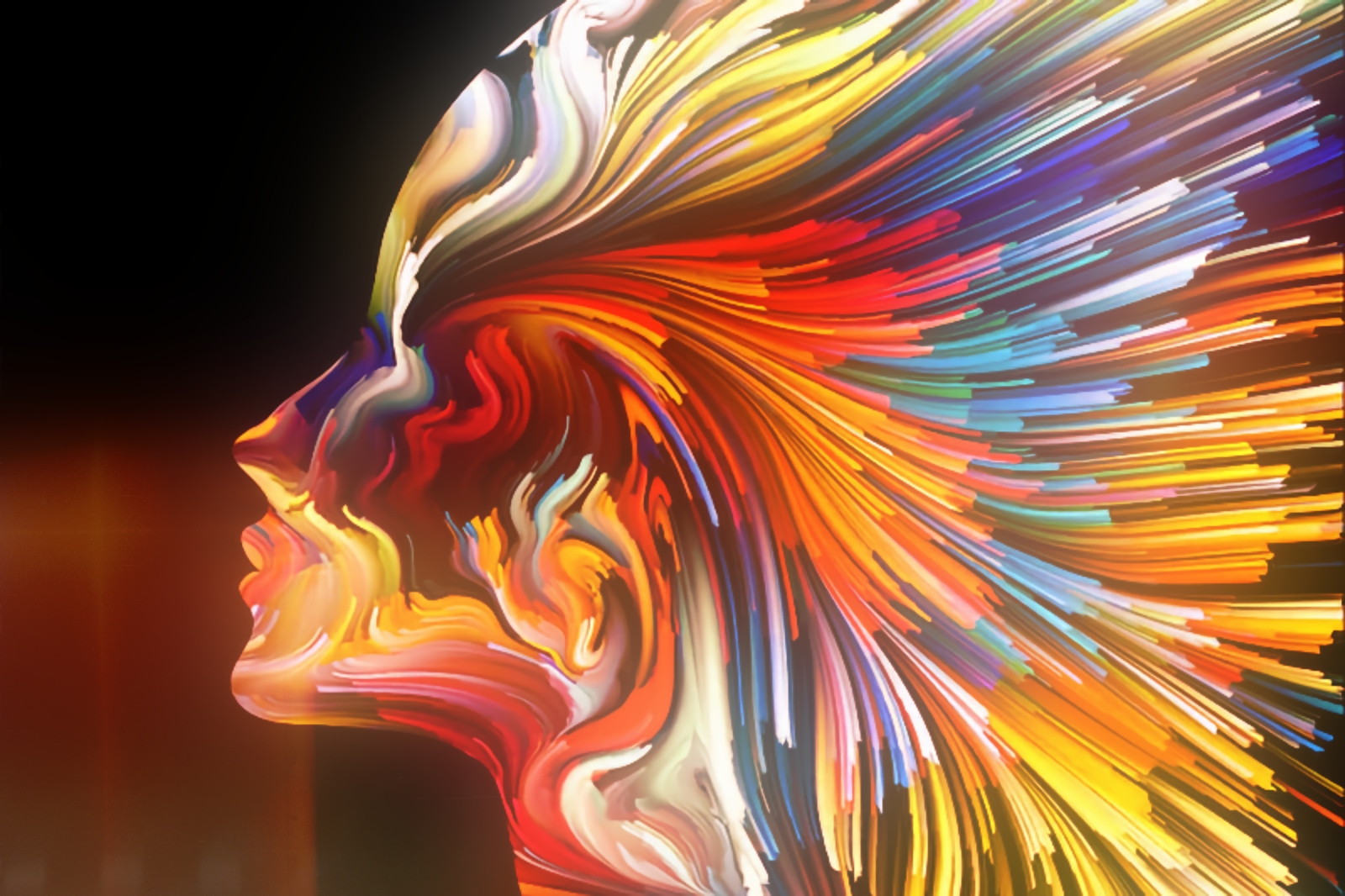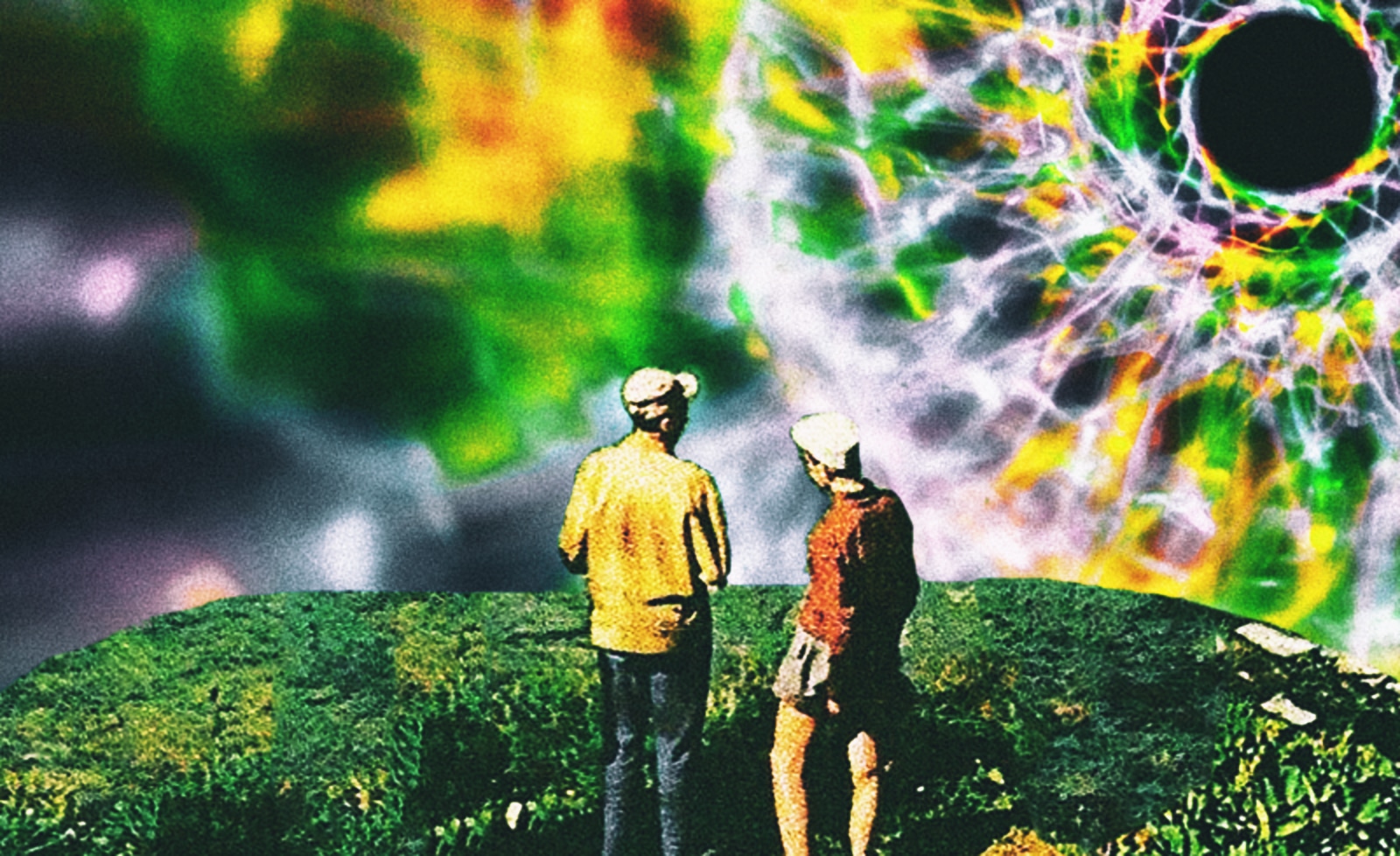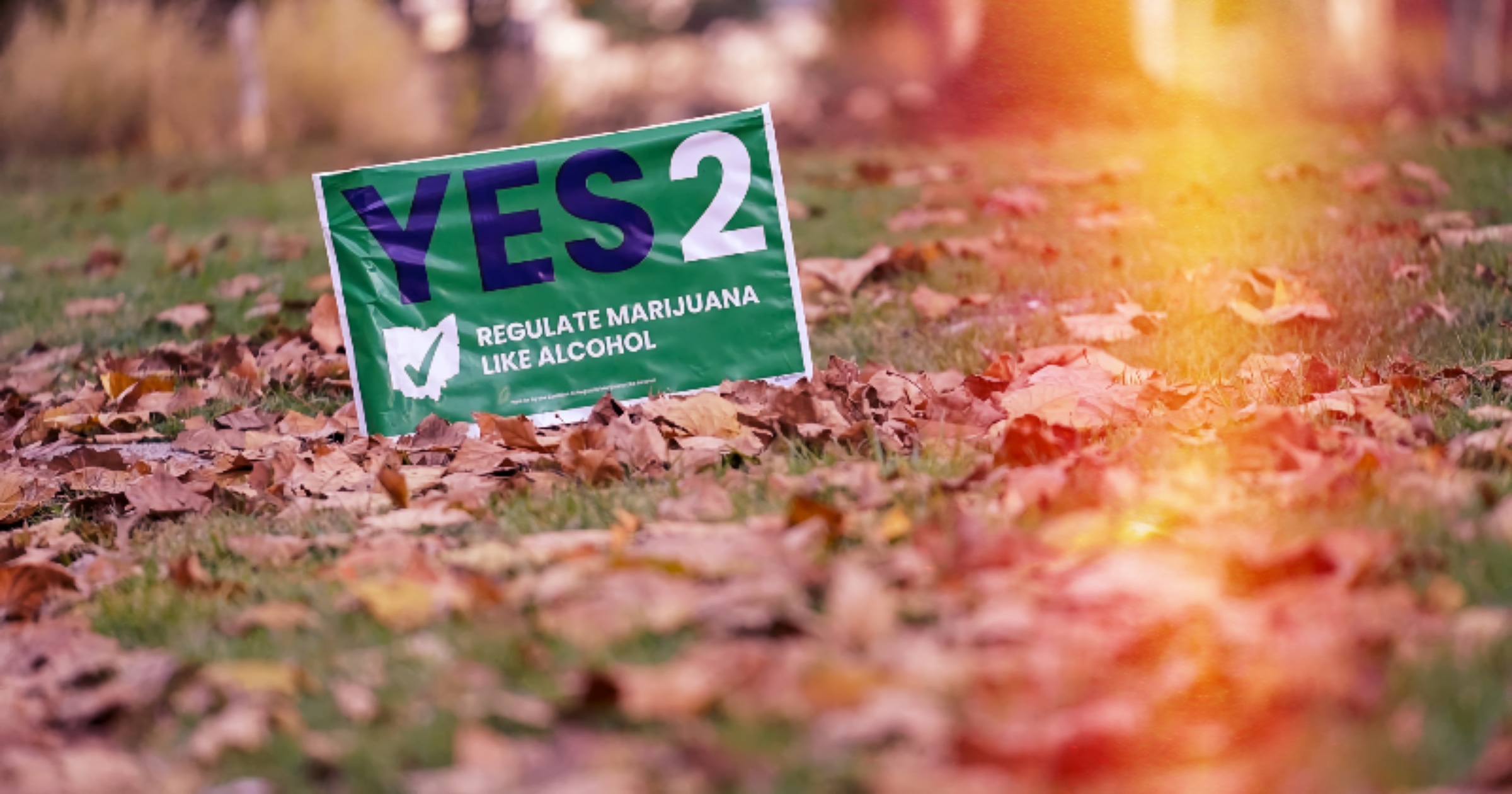
An interesting article has popped up in the Psychedelic Spotlight journal in which the author professes his woes against the road taken by psychedelic discourse over the past five or so years. Once the symbol of outlandish and extraterrestrial ideas, most discussions today exist in a very narrow context of treatment and therapy.
“If you look at the bulk of psychedelic discourse today, you will notice that almost any talk of infinite potentials, spiritual awakenings, and sci-fi hyperspaces are almost totally gone from the conversation. The wild and woolly days of magical thinking have been replaced by the dry academic talk of using psychedelics to treat depression and trauma. The erudite psychedelic authors and intellectual pranksters have been replaced by bland and buffoonish ambassadors like Michael Pollan and Joe Rogan. Instead of lifting the veil and peering into the ineffable psychedelic mystery we are now talking about resetting the default mode network and microdosing to improve mood and increase worker productivity. Instead of discussing heroic dosing to receive telemetry from the galactic core, we are talking about removing the hallucinogenic properties from psychedelic drugs to make them more palatable for therapy.”
It’s certainly a valid critique, and a problem that has been discussed at length by Hamilton Morris, a journalist and tv personality that specializes in psychoactive substances. The ability for these plants and compounds to take our consciousness into entirely unfathomed universes and planes is so vast that putting any kind of limitations on our views of them is a disservice to potential. Therapy for depression and PTSD is especially limiting. Beneficial to many who are dire need, sure, but still a waste.
There is, however, a clear bias in the thinking of James Kent, the author of this article. He claims the previous view of psychedelics, that of aliens and kaleidoscopes and 4th dimensions, was infinite. But that perspective was just as much of a turn-off to many in the 60’s as the sterile approach of today is to him. Despite its promises of boundlessness, this approach was entirely defined by a new age, hippie aesthetic.
The first thing you learn about psychedelics is their reliance on set and setting. They react to what you bring to them. The style of the decade was just as much a part of that “infinite” feeling as the psychedelic itself.
There’s also a clear and practical reason for the newly medical context of psylocybin and LSD. This approach wins over the masses. Instead of initially seeing the recreational uses, they see it’s potential to save lives. They see it as a tool as opposed to a toy. While limiting, it may also be necessary in order to win the public’s approval.
I agree with Kent’s overall argument, that the approach to these substances should not be narrow. There’s room for all kinds of uses. They can help us break free from an unhealthy habit of thought, can take us on unspeakably beautiful journeys, can make us lose our sanity, and so much more. The 60’s aesthetic was one way, the medical aesthetic is another. I’m excited to see where psychedelic exploration takes us in the future. Hopefully a place we couldn’t possibly imagine.
Read the initial article here.







